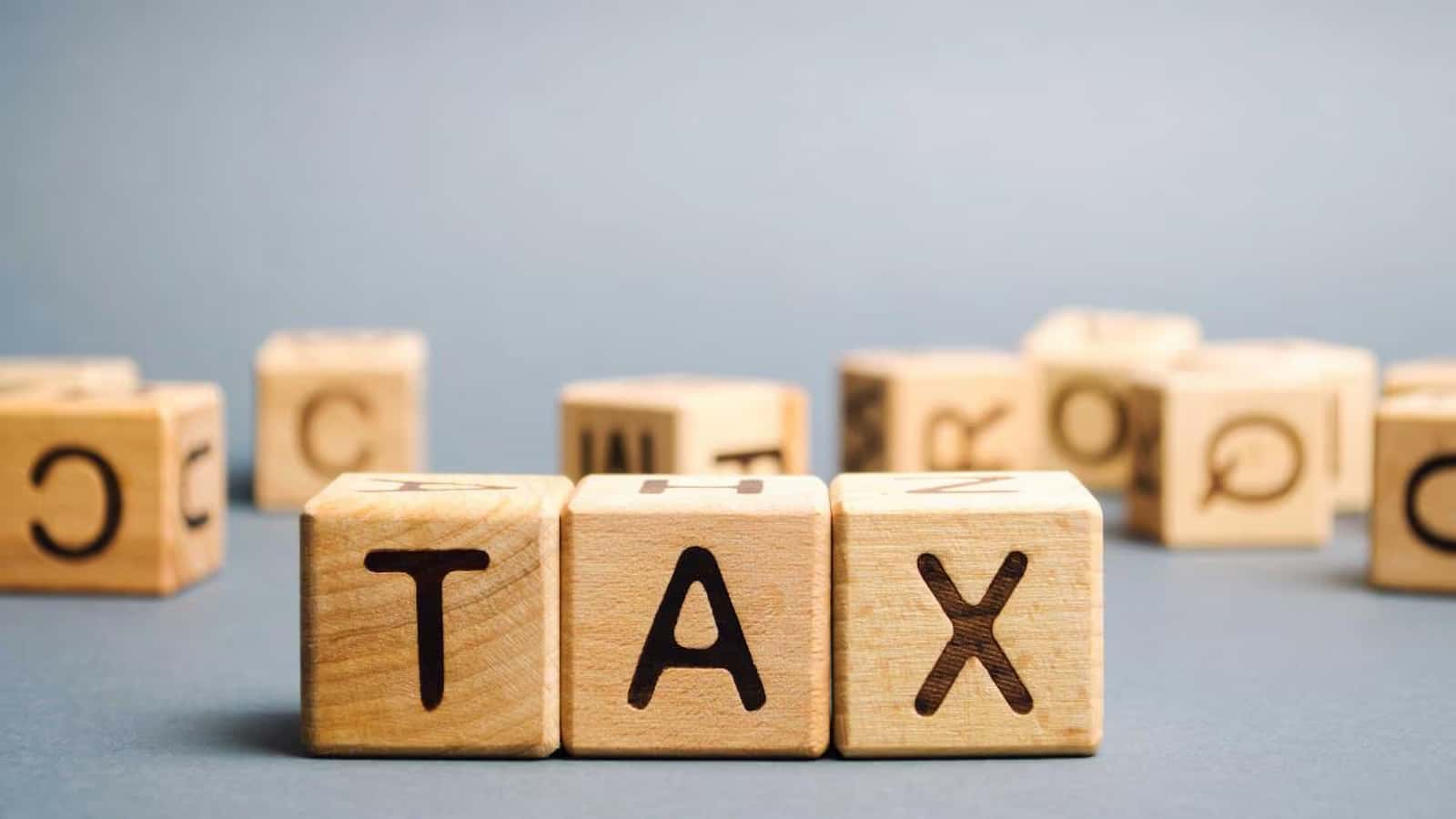Comparing the New and Old Tax Regimes in AY2024-25: Comparing FY24 New and Old Tax Regimes: For academic year 2024-25 (or fiscal year 2023-24), the income tax office allows e-filing of ITR-1, ITR-2, and ITR-4 forms. Form ITR requires taxpayers to choose an income tax regime—old or new. Both regimes have different tax rates and advantages. Below is a breakdown of regimes, tax rates, and selection criteria.
Finance Minister Nirmala Sitharaman upped the income tax exemption maximum by Rs 50,000 to Rs 3 lakh in Budget 2023 under the new tax regime. The rebate under Section 87A of the Income Tax Act, 1961 was raised from Rs 5 lakh to Rs 7 lakh, exempting people earning up to Rs 7 lakh.
Finance Ministry clarifies new tax regime amidst social media misinformation
Rates of Income Tax for FY2023-24 (AY 2024-25):
| INCOME TAX SLAB (IN RS) | OLD TAX REGIME | NEW TAX REGIME |
| 0-2,50,000 | 0% | 0% |
| 2,50,001-3,00,000 | 5% | 0% |
| 3,00,001-5,00,000 | 5% | 5% |
| 500,001-6,00,000 | 20% | 5% |
| 6,00,001-9,00,000 | 20% | 10% |
| 9,00,001-10,00,000 | 20% | 15% |
| 10,00,001-12,00,000 | 30% | 15% |
| 12,00,000-15,00,000 | 30% | 20% |
| 15,00,0001 & Above | 30% | 30% |
Under the previous regime, senior citizens (those aged 60 and older) were exempt from paying income tax on up to Rs 3,000,000. Additionally, super senior citizens (those aged 80 and older) were exempt from paying income tax on up to Rs 5,000,000.
Furthermore, the government assesses a 4% health and education cess on individual income tax.
Taxpayers have a choice to consider between the old and new tax regimes. The default system would implement the new tax regime.
The new tax regime provides a rebate for residents whose net income does not surpass Rs 7 lakh under Section 87A. We award a rebate of Rs 25,000 or 100 percent of the income tax, whichever is less.
Under the previous tax regime, a domiciled individual taxpayer (with a maximum net income of Rs 5 lakh) was eligible for a rebate under section 87A. We award a rebate of Rs 12,500 or 100 percent of the income tax, whichever is less.
Old Regime versus New Regime: Which Should You Opt For?
The new tax regime is advantageous if you have no savings, investments, or deductions, according to experts in income tax. However, if you utilize savings, investments, and deductions, the previous tax regime may be more appealing.
The new tax structure eliminates many deductions and exemptions, despite a more favorable tax structure. However, the earlier tax structure had higher rates but more deductions and exemptions.
One should consider their taxable income, deductions, and exemptions before making a decision. You may also benefit from seeing a tax specialist to determine the best tax regime for you. An individual’s financial situation and tax duties would determine whether to use the old or new tax systems.
Tax experts recommend immediate conversion to the new tax structure for individuals with an annual income of up to Rs 7 lakh, as it would eliminate income tax.
Tips to help taxpayers choose between old and new income tax regimes for FY 2024-25

















